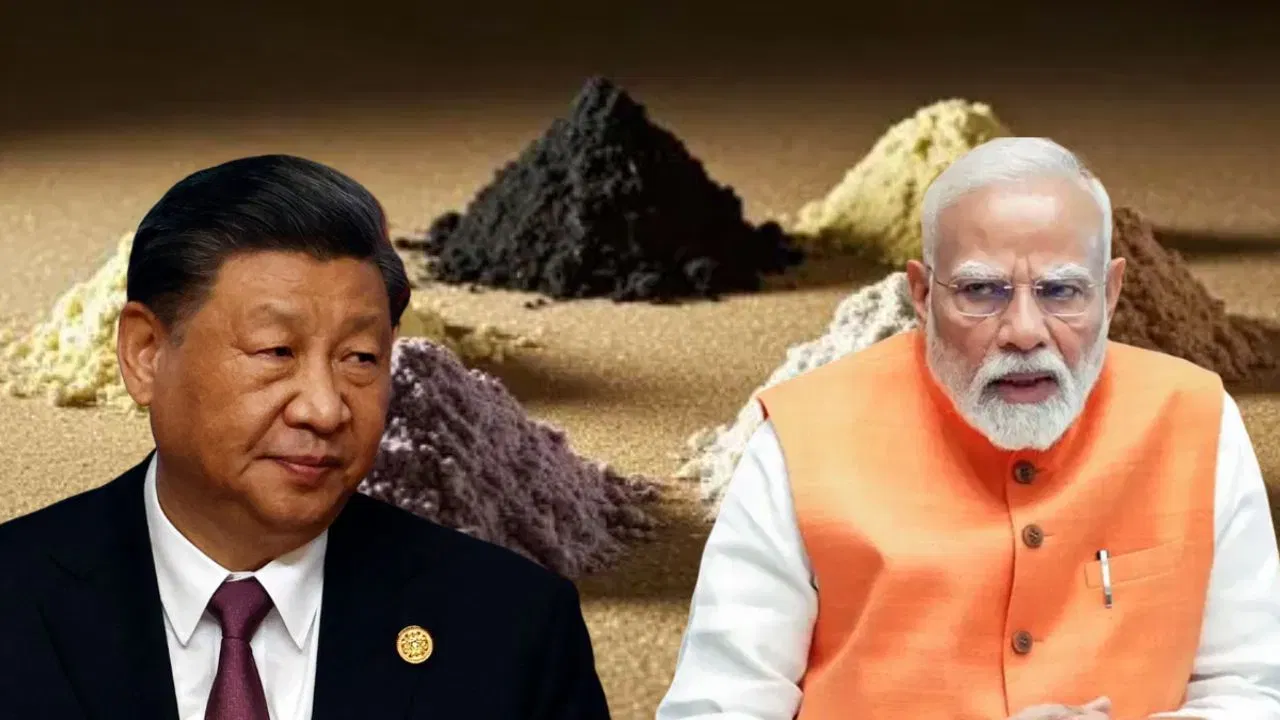China is the largest supplier of rare earth elements
There is a lot of discussion around the world these days about rare earth elements. It is being said that these can change the entire game of future technology and strength of countries. It is also being called the “new oil” of the 21st century. Actually, it is a group of 17 rare metals, which are called ‘Rare Earth Elements’ (REEs). These metals are an important part of many of our everyday gadgets and machines, such as smartphones, electric vehicles, wind mills and even defense systems depend on them.
A report by Kotak Mutual Fund explains very well that even though these metals remain hidden from the common people, they are quietly playing their role in taking us towards a clean energy, strong economy and sustainable future. Now that the whole world has understood the importance of these metals, India also does not want to be left behind in this race. The country has started preparing to make it its next big power.
What are these rare earths?
These 17 metals, called rare earths, are not actually that rare, but refining them and making them usable is very complex, expensive and environmentally challenging. This quality makes them very strategic and valuable. Whatever modern technology you name today, they have a role in it. The smartphone in your pocket, the electric vehicles of the future, and the advanced weapons protecting the country’s borders all depend on them. Whoever has the ability to control the supply of these metals will be at the forefront of the technological race of the 21st century. This is why countries around the world are making every possible effort to ensure their supply.
India’s claim strong
At present, China has a monopoly in this ‘new oil’ game. China mines about 70% of the world’s rare earths, but the real power lies in its refining figures. China refines 90% of the world’s rare earths, which means that no matter what country the mine is in, much of the world is dependent on China to make it usable. But now this picture is about to change. India, which has about 6% of the world’s rare earth reserves, is emerging as a credible option to reduce this global dependence. However, at present our production is less than 1% of the global level, but this situation is going to change rapidly. States like Kerala, Tamil Nadu, Odisha, Andhra Pradesh and Gujarat have large reserves of these minerals, which opens the doors to future possibilities.
India’s ‘Mission Critical Mineral’
The Government of India has taken this challenge seriously. The government has launched ‘National Critical Mineral Mission (2025)’, the objective of which is to rapidly increase exploration, mining and processing. A major success in this direction was achieved recently, when the government company IREL (India) Limited was removed from the US export control list. This is a big step, as it opens doors for international cooperation and advanced technology for India.
IREL is soon going to start a new facility in Visakhapatnam, where domestic production of samarium-cobalt magnets will take place. These magnets are extremely important for high-tech and defense equipment. This step will strengthen India’s technological self-reliance. Apart from this, India is also strengthening its role in the global market through KABIL (Khanij Bidesh India Limited) and the US-led ‘Mineral Security Partnership’ (MSP).
China’s influence will reduce
Big countries of the world, especially America and Australia, now want to reduce their dependence on China and are looking for a balanced supply chain. The International Energy Agency (IEA) also estimates that by 2030, China’s share in mining may decline from 69% to 51% and in refining from 90% to 76%. This is a golden opportunity for India.
The reforms made by the government in the Mines and Minerals (Development and Regulation) Act and schemes like Production Linked Incentive (PLI) are encouraging the private sector to invest in this difficult sector. By 2040, the demand for these rare earth elements is expected to increase by 300% to 700%. These efforts of India are not just to meet domestic needs, but it is a big step to establish India as a global leader in clean technology under the ‘Make in India’ initiative.
